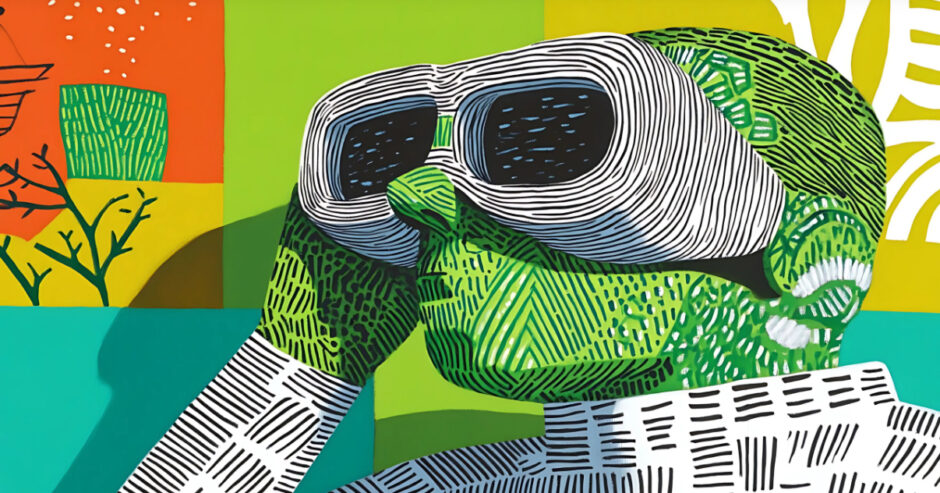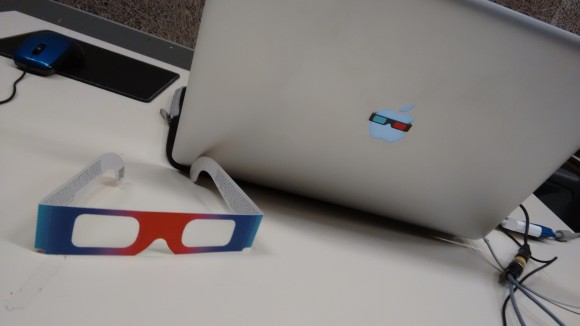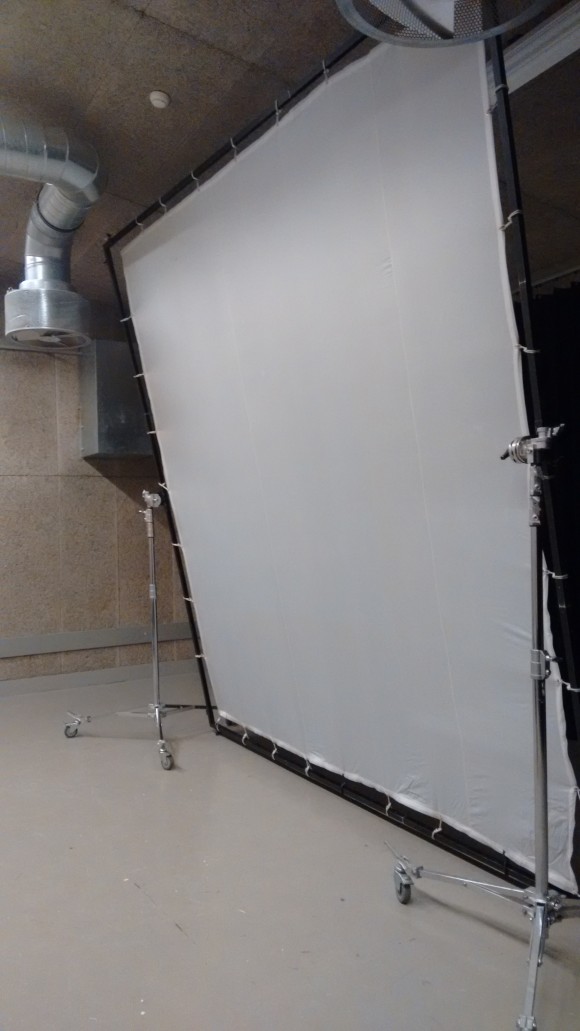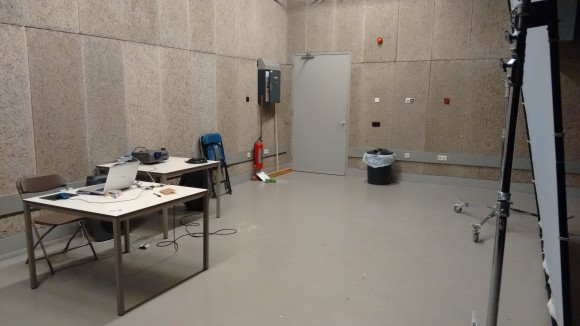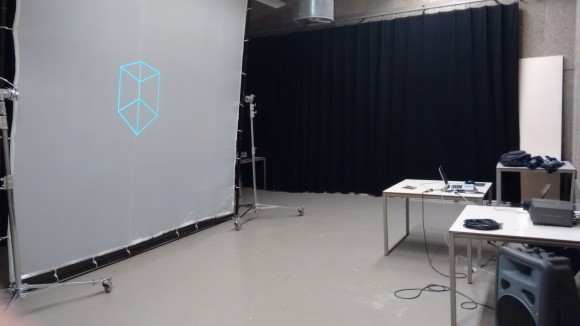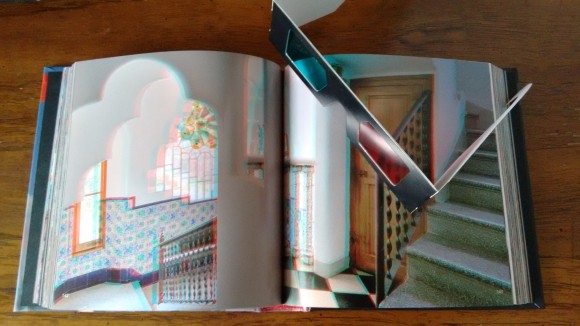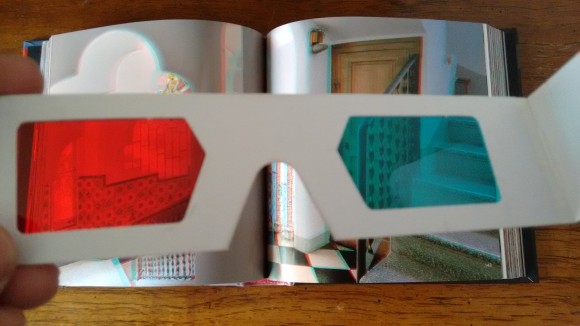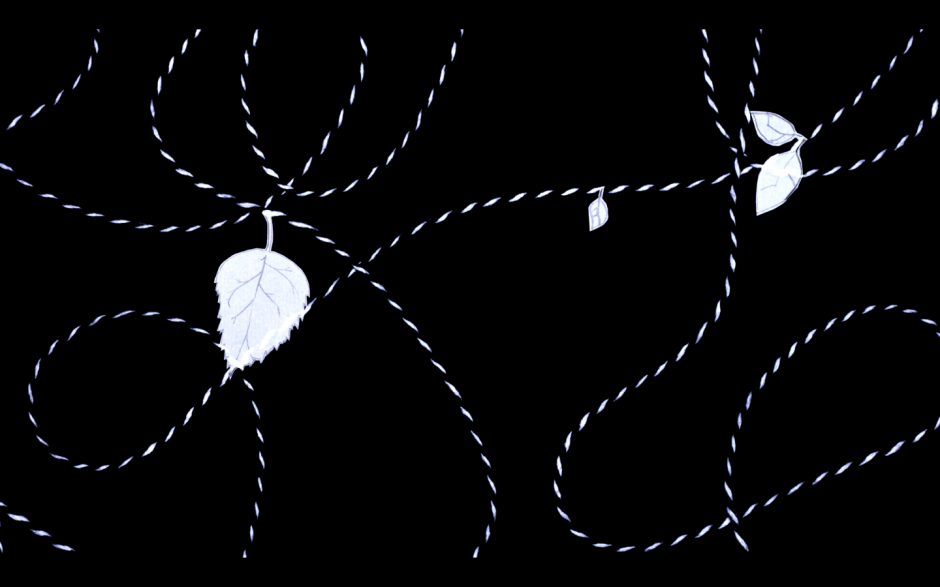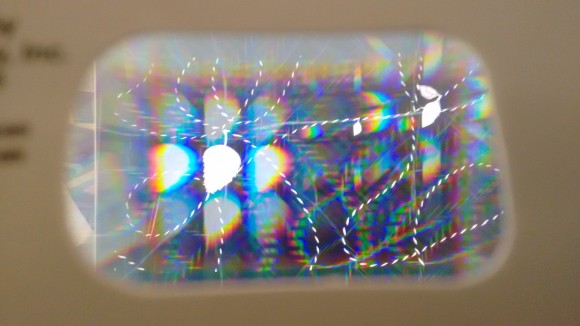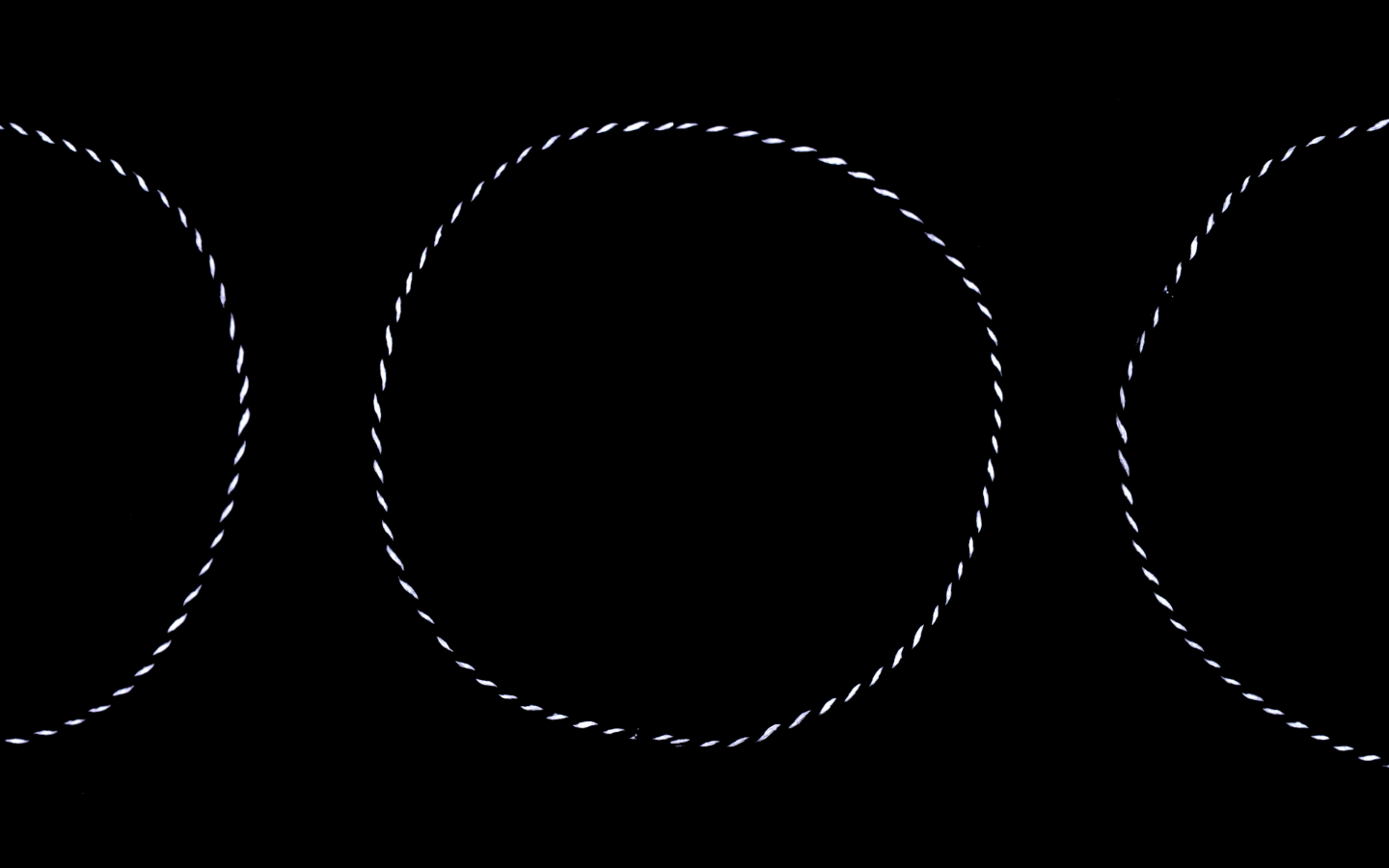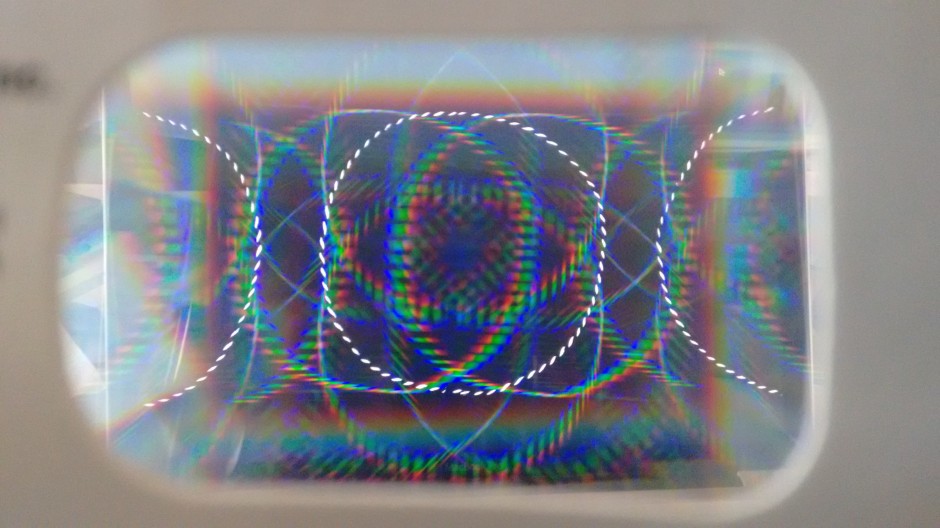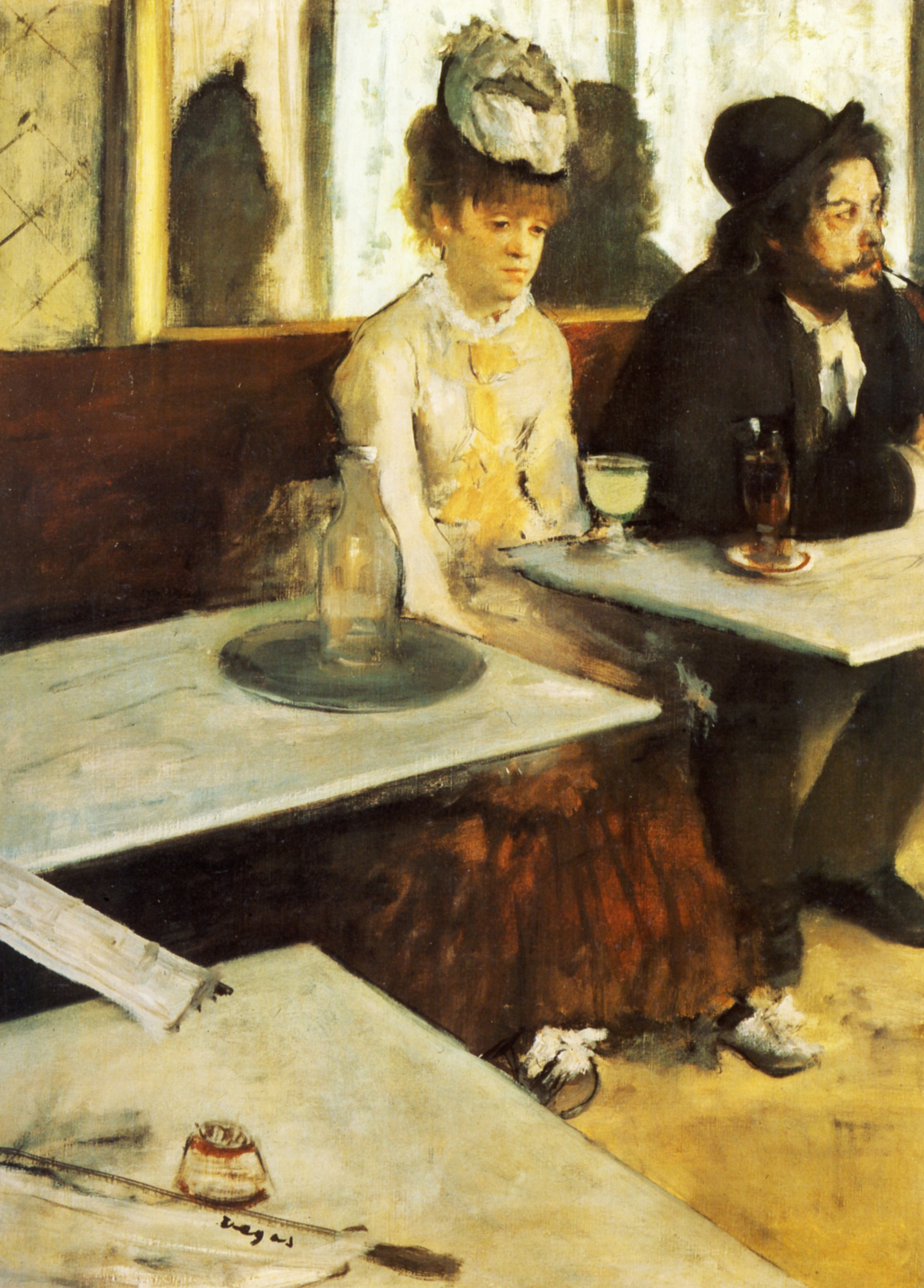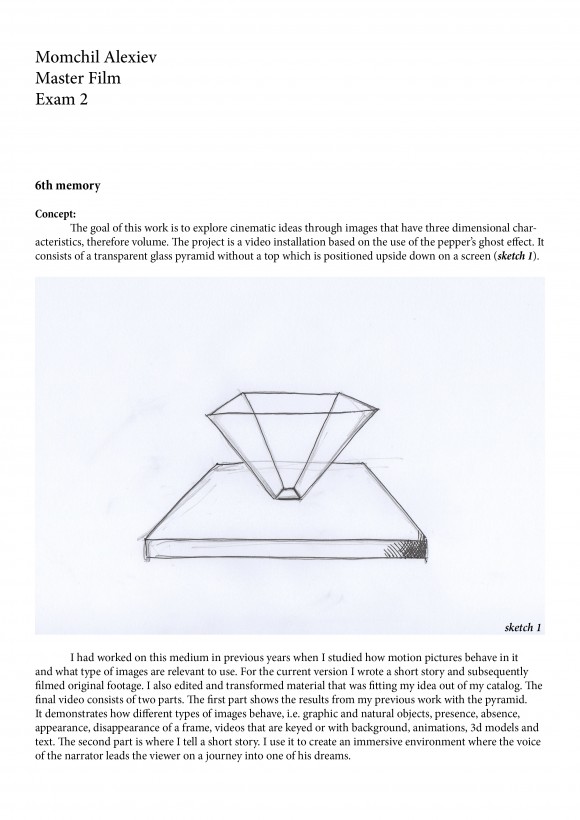In this paper me and my colleague Prof. Gianmarco Giuliana (Università degli Studi di Torino) deconstruct the so–called experience of Virtual Reality by enriching the cognitive and phenomenological explanations of VR’s renown “immersiveness” with a semiotic perspective and approach that highlight the quilting of the different dimensions of meaning–making involved in virtual reality. We do this first of all by highlighting how VR mixes key aspects from previous media and by looking at the socio–cultural aspects involved in the attribution of “realism” and “immersion”. Then, in the second part, we focus on the uniqueness of VR’s technology and highlight the consequent cognitive processing and the resulting phenomenological situation in which such experience occurs. In the third part, we underline the narrative essence of this experience as well as the birth of a new spectatorship allowing for VR to work as intended. In the fourth part, we look at the philosophical and anthropological background granting meaning to the experienced virtual utopic body and other space. Finally, we criticize the widespread conception of a non–mediated experience grounded on the embodiment and phenomenological conditions of the virtual worlds, and propose a different triadic explanatory model that helps to complexify our understanding of meaning–making in VR.
Links:
Academia
Meaning-Making in Extended Reality
I Saggi di Lexia
#
Semiotics,
Sociology,
Digital Media,
Embodiment,
Digital Games,
Cinema,
Virtual Worlds,
Culture and Cognition,
Immersion and Experience,
Virtual Reality
Published: 2020
